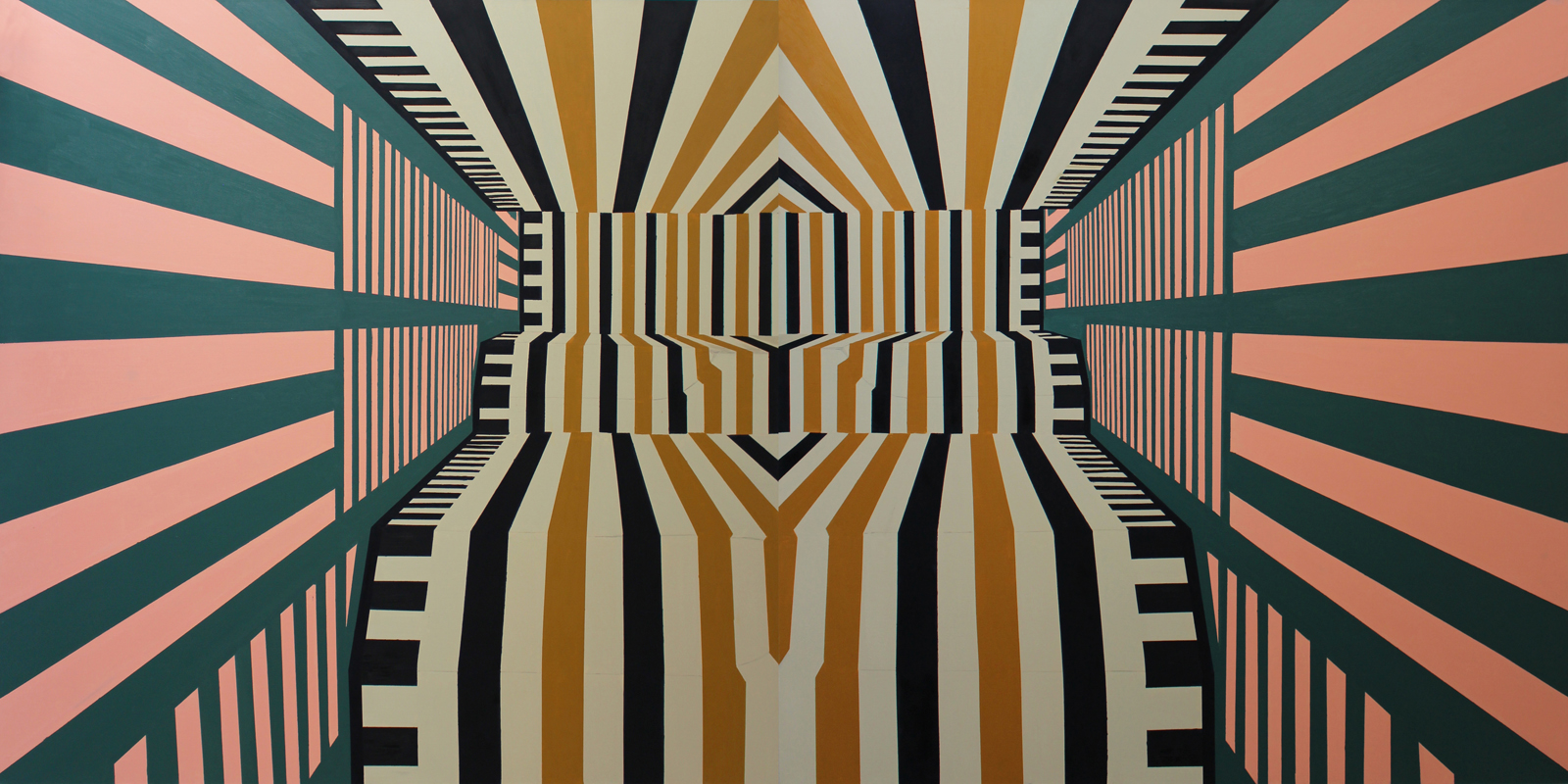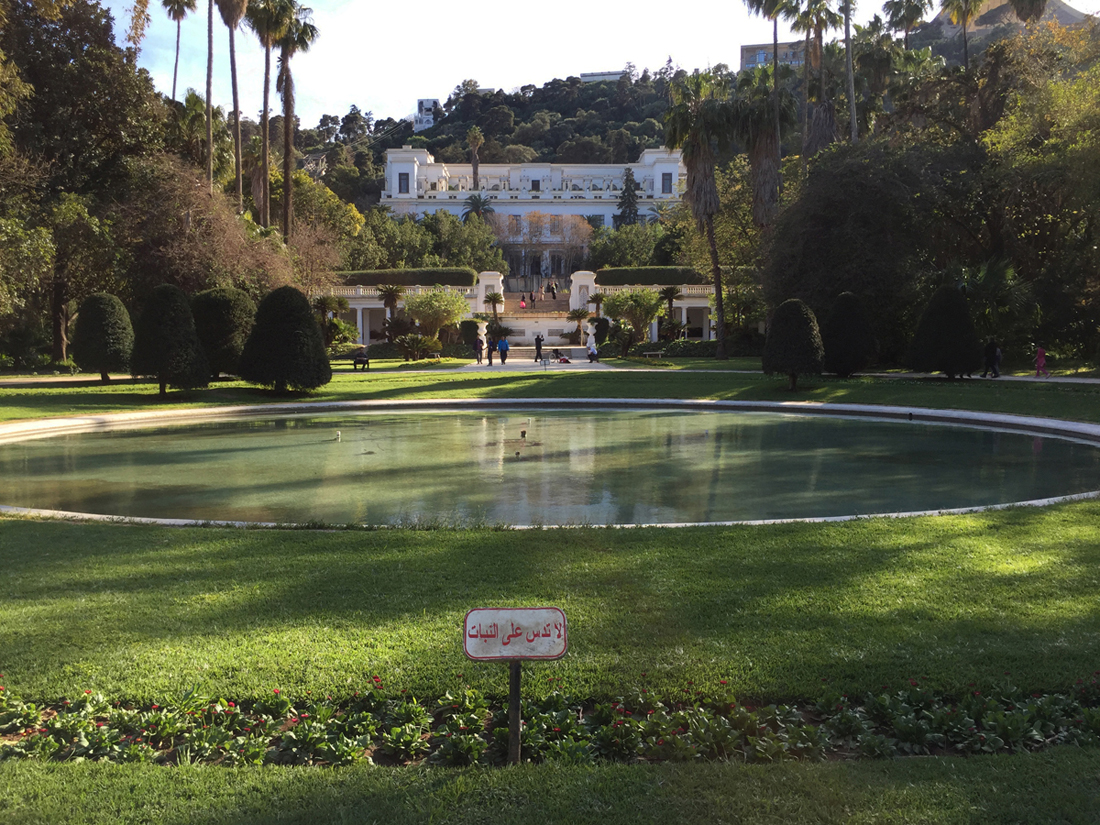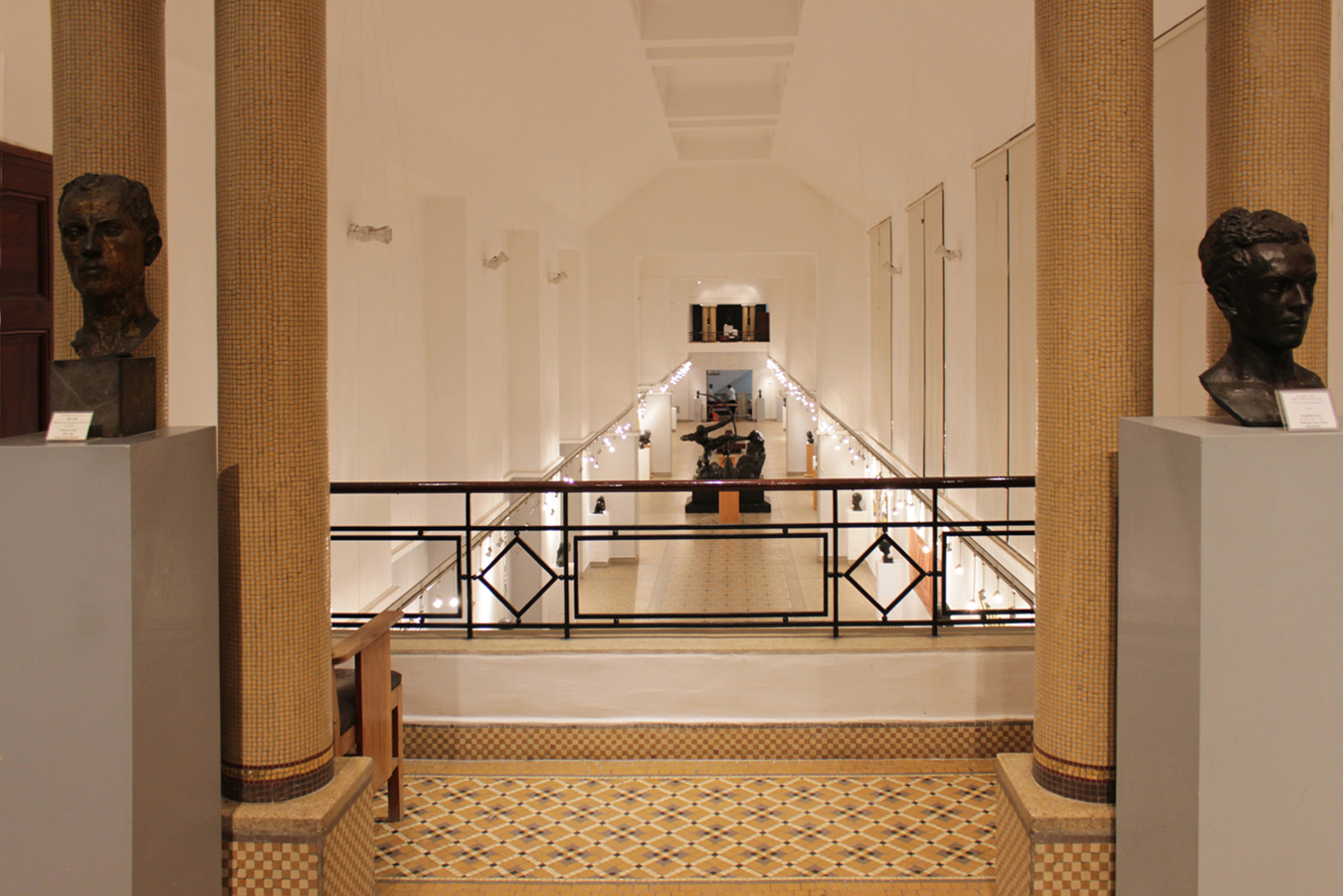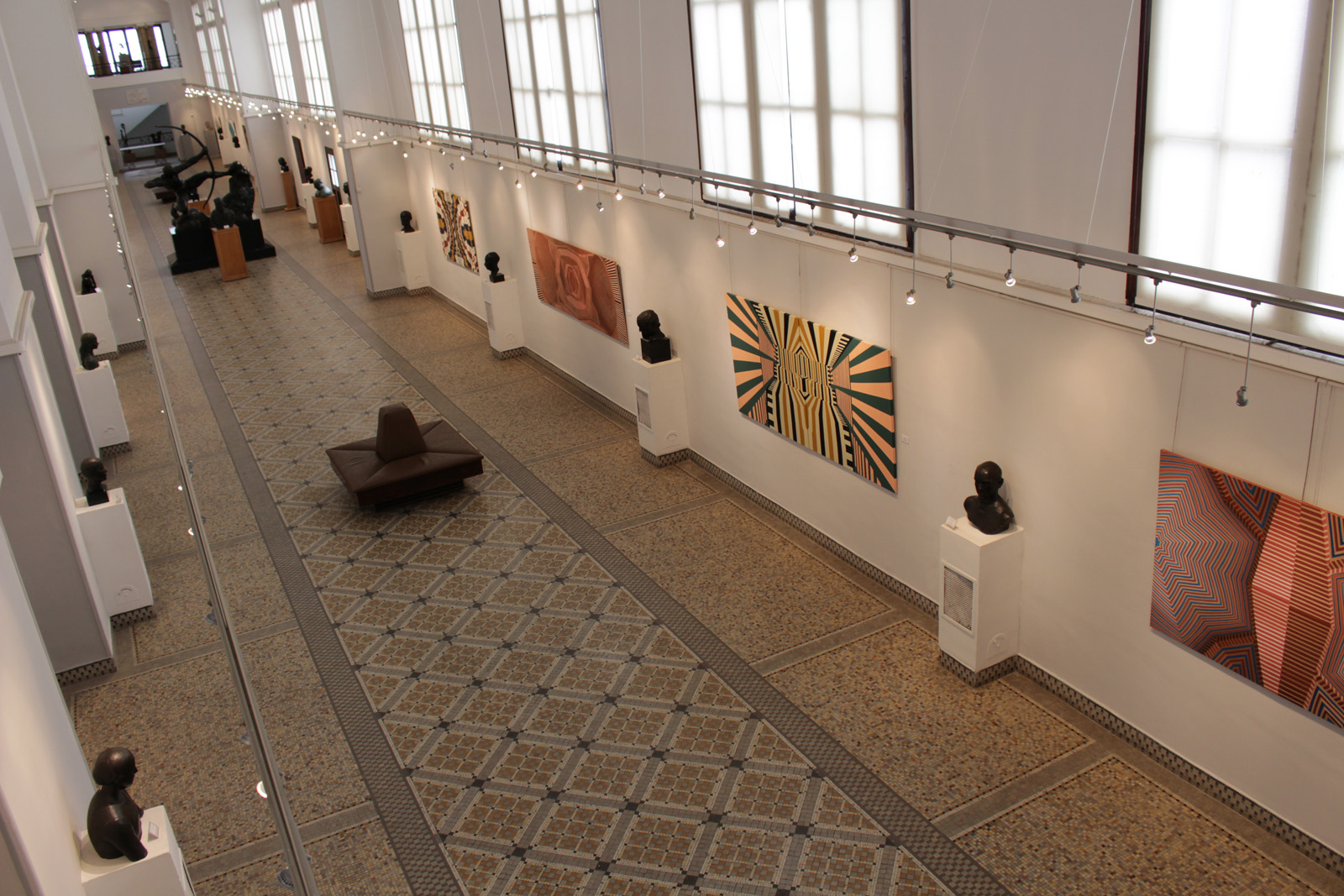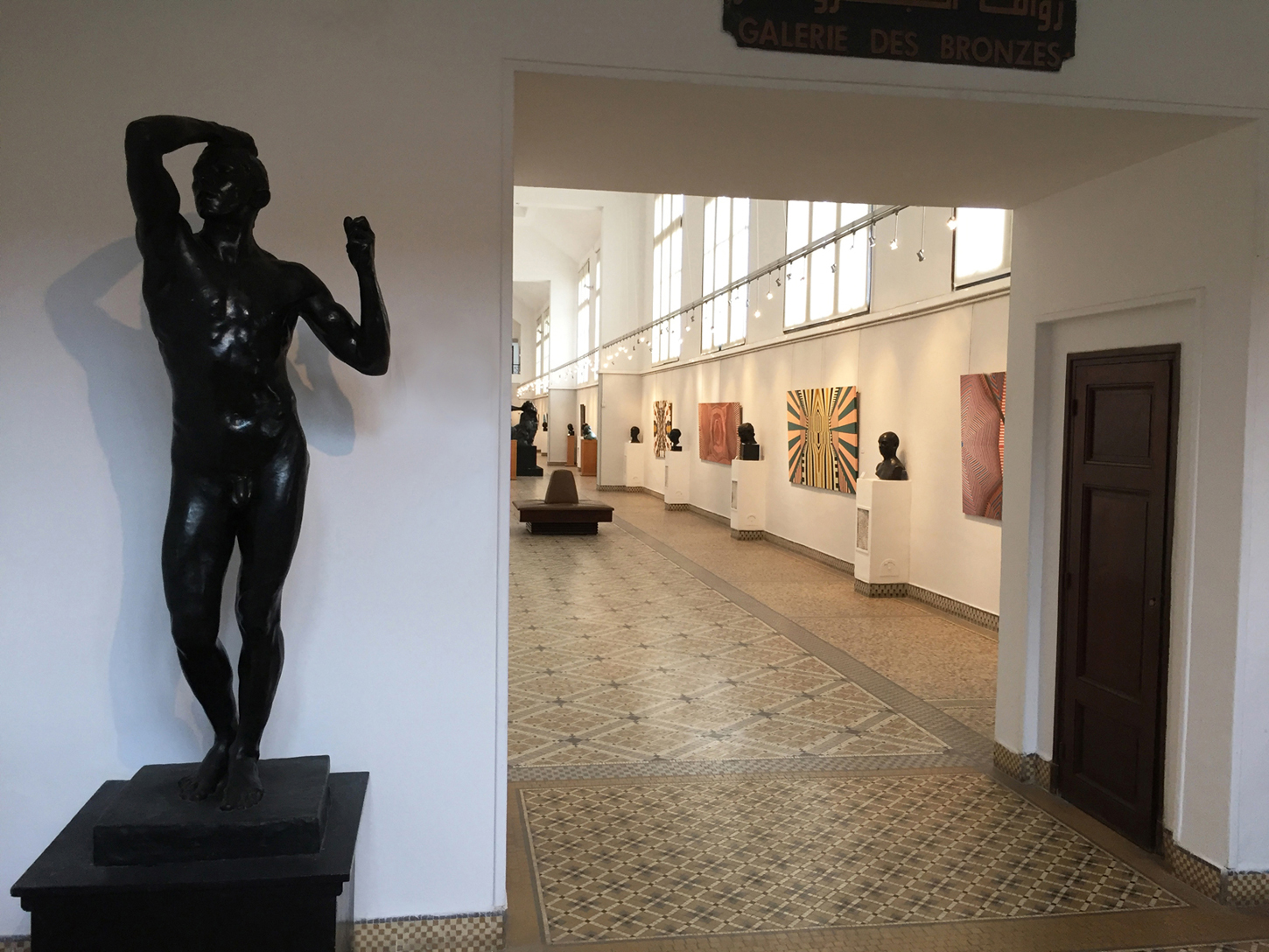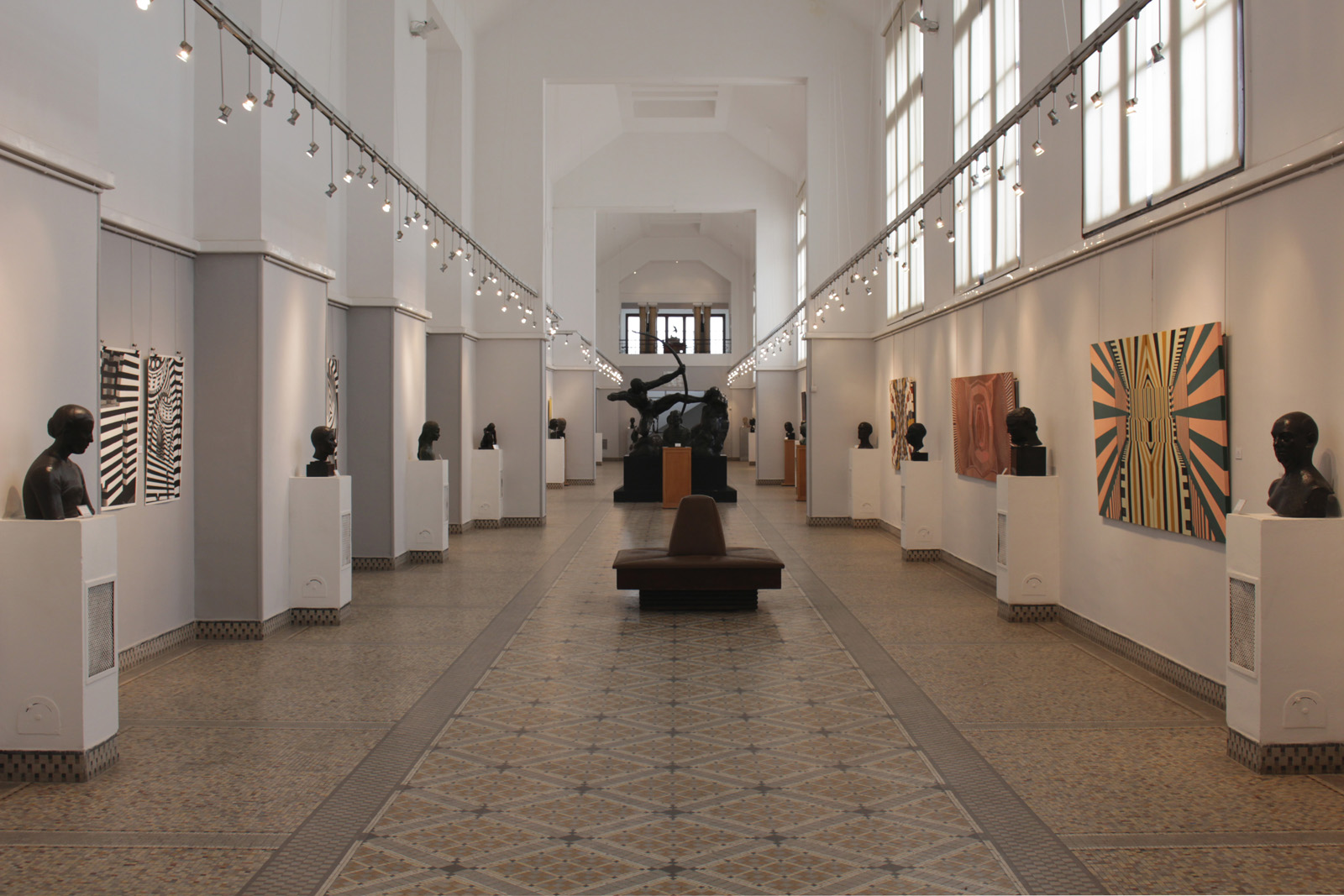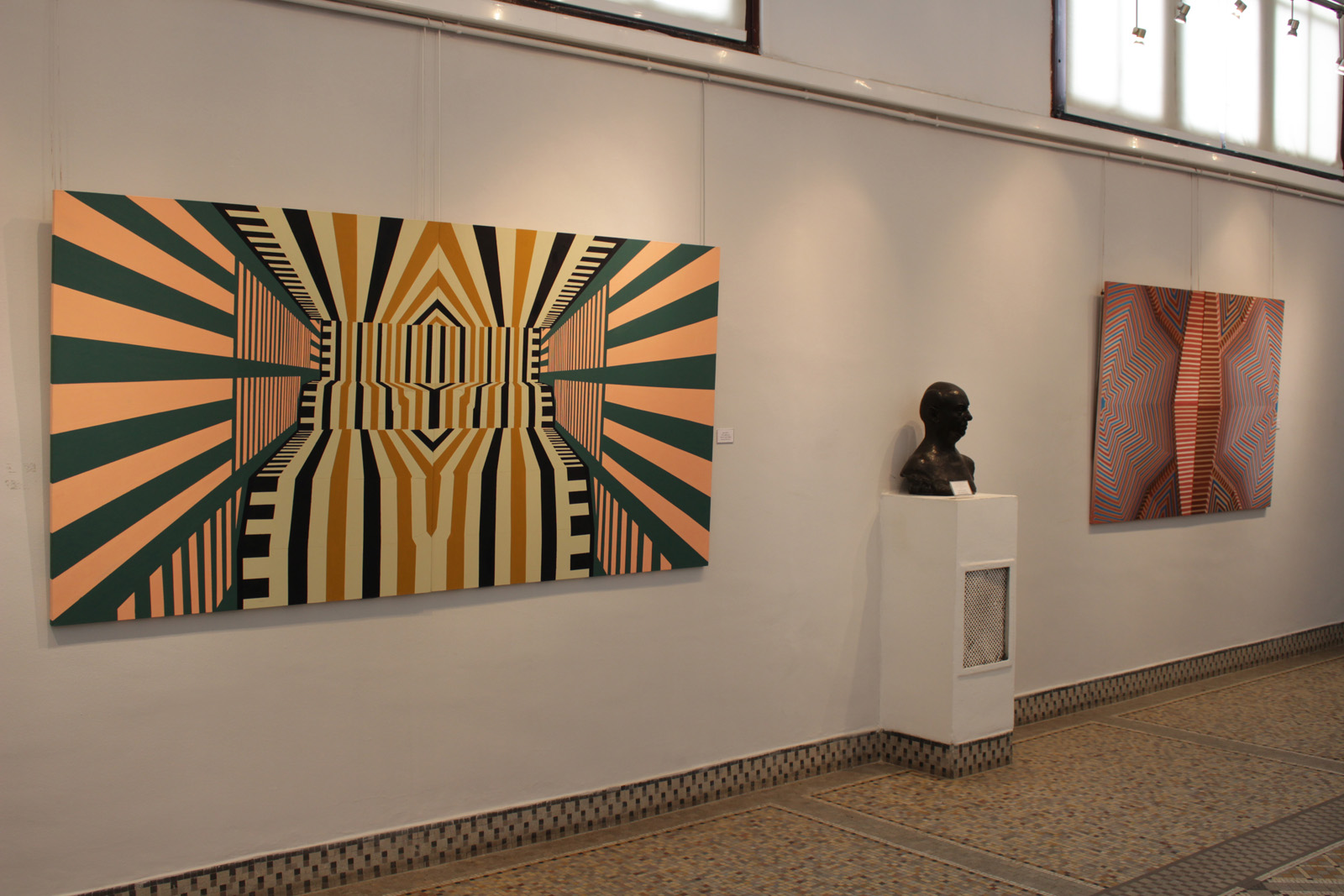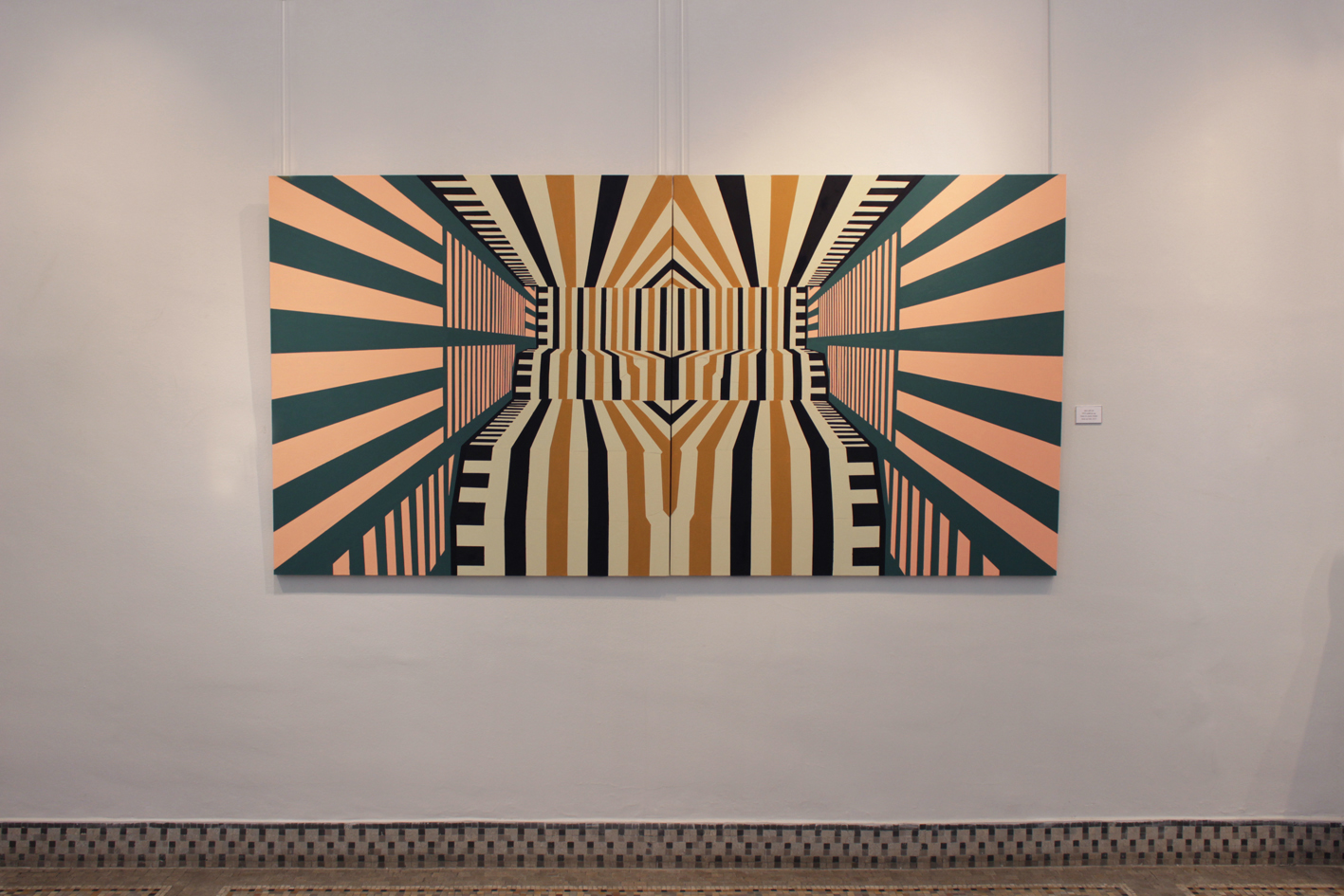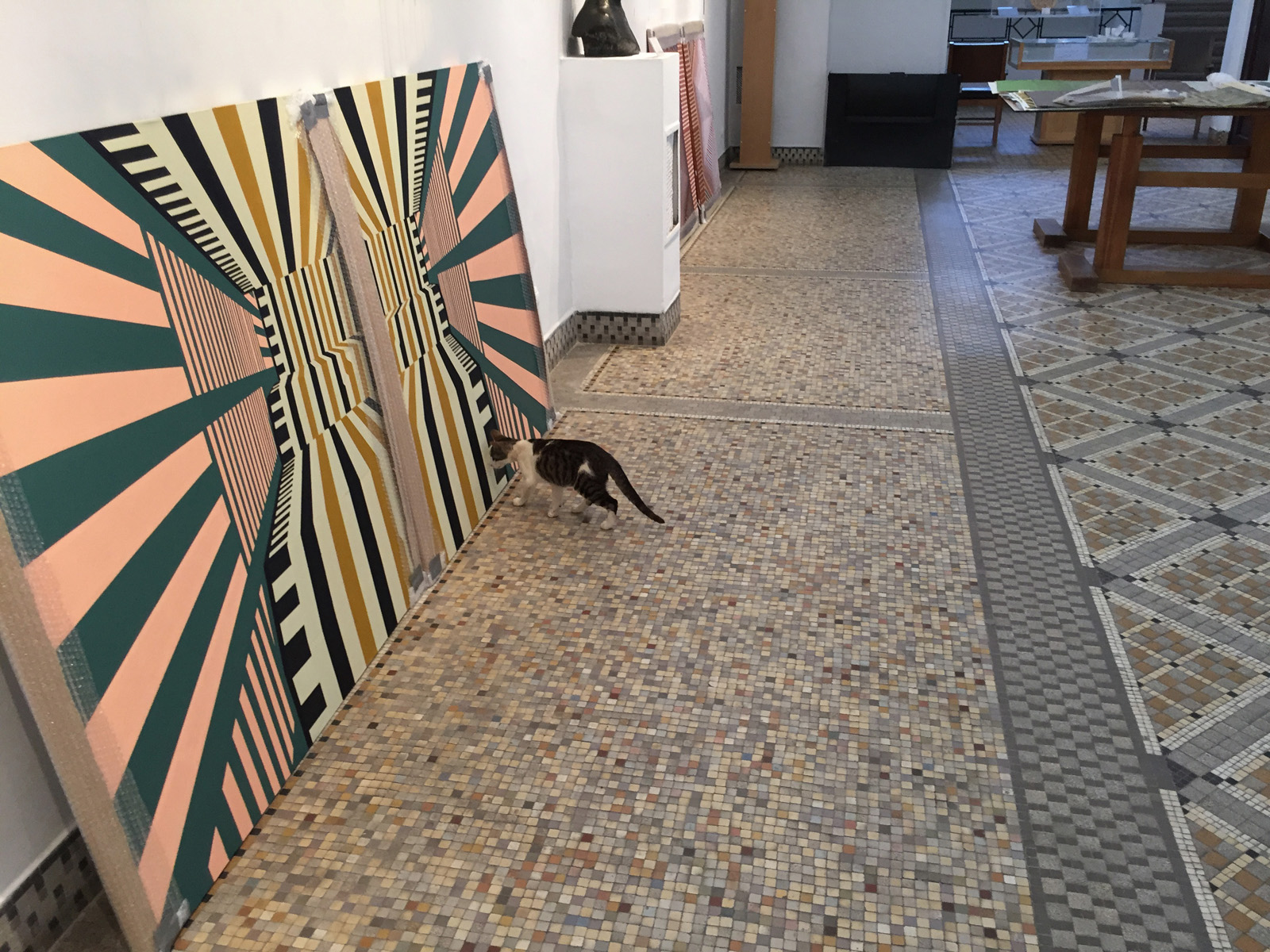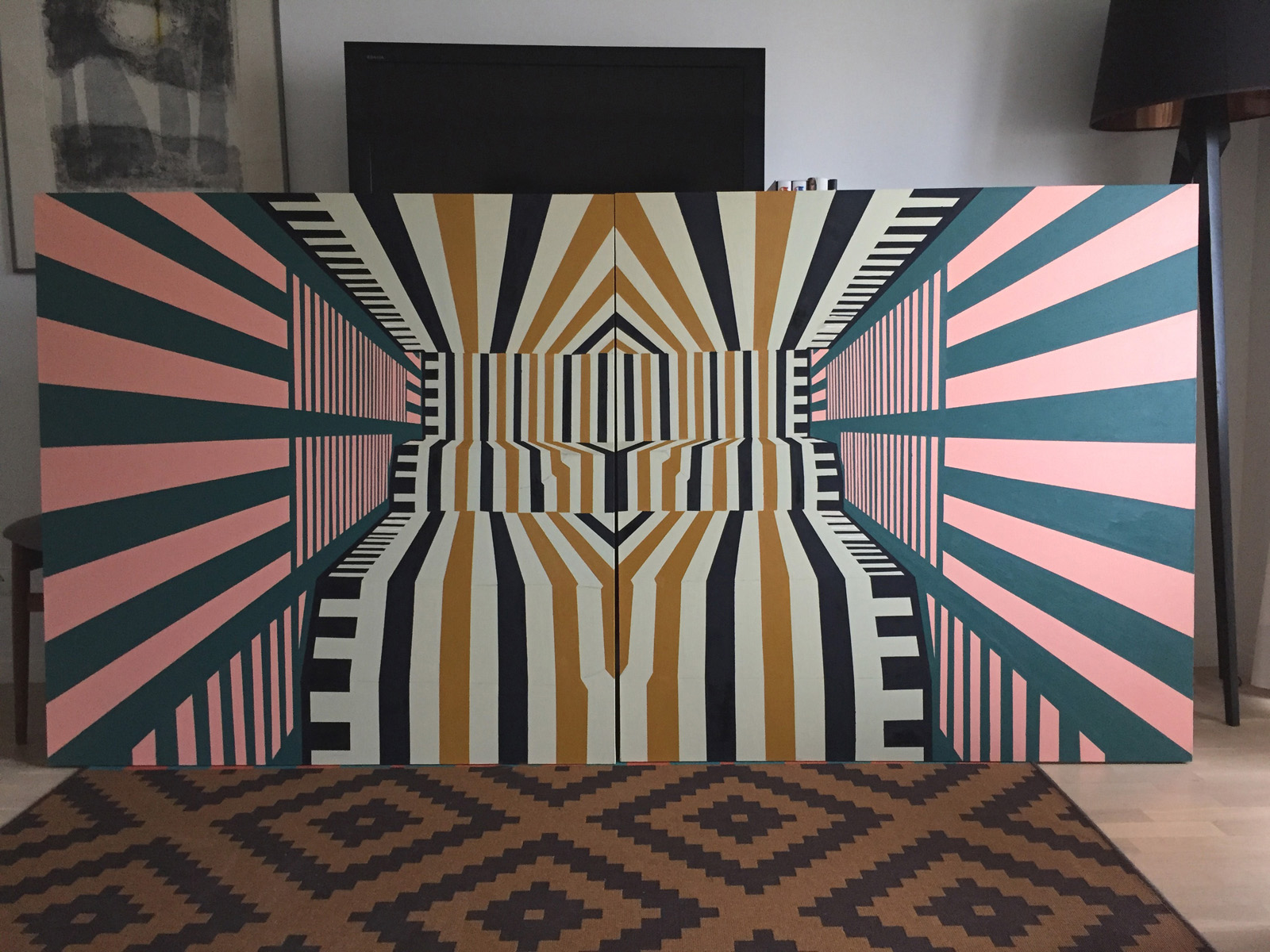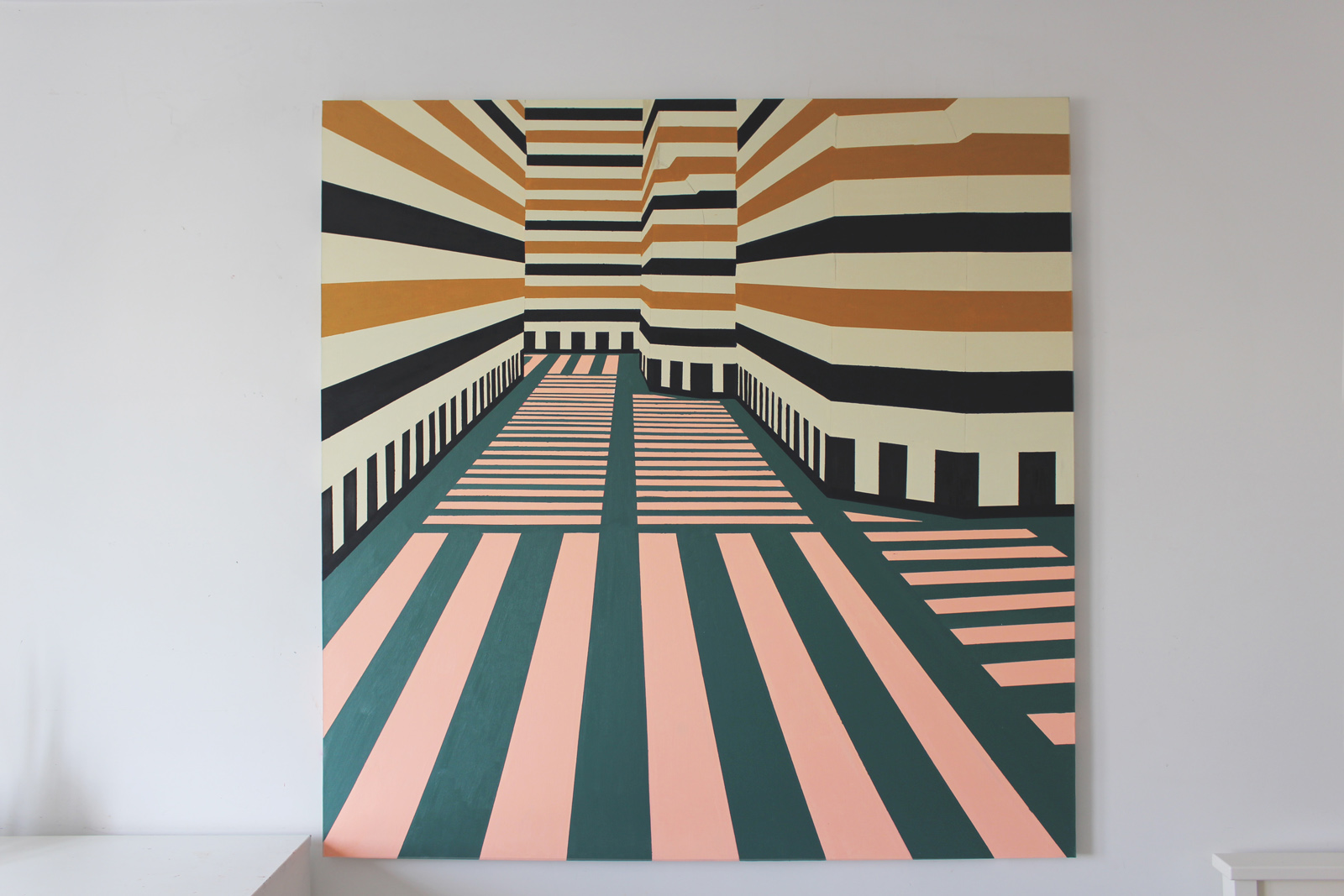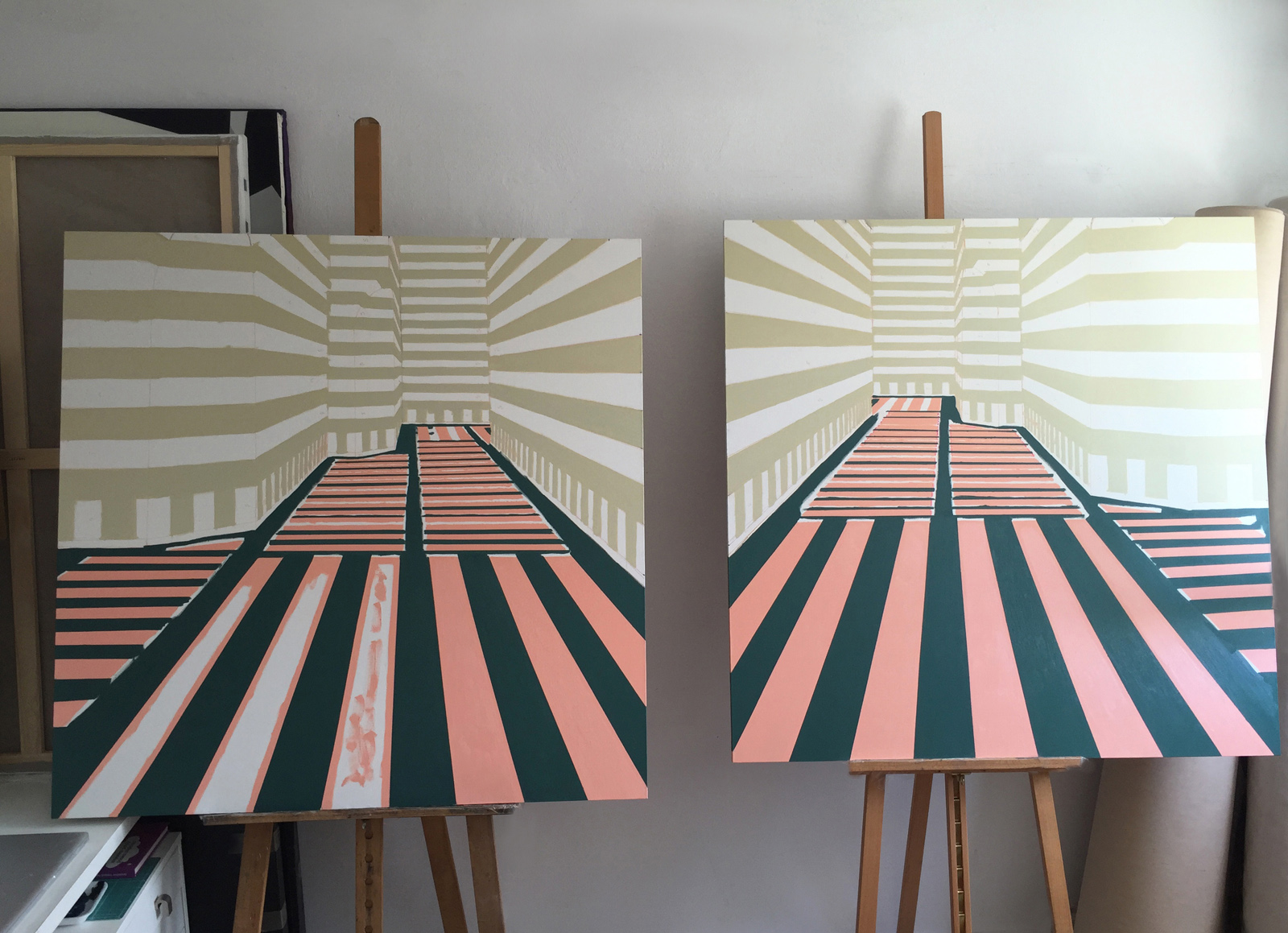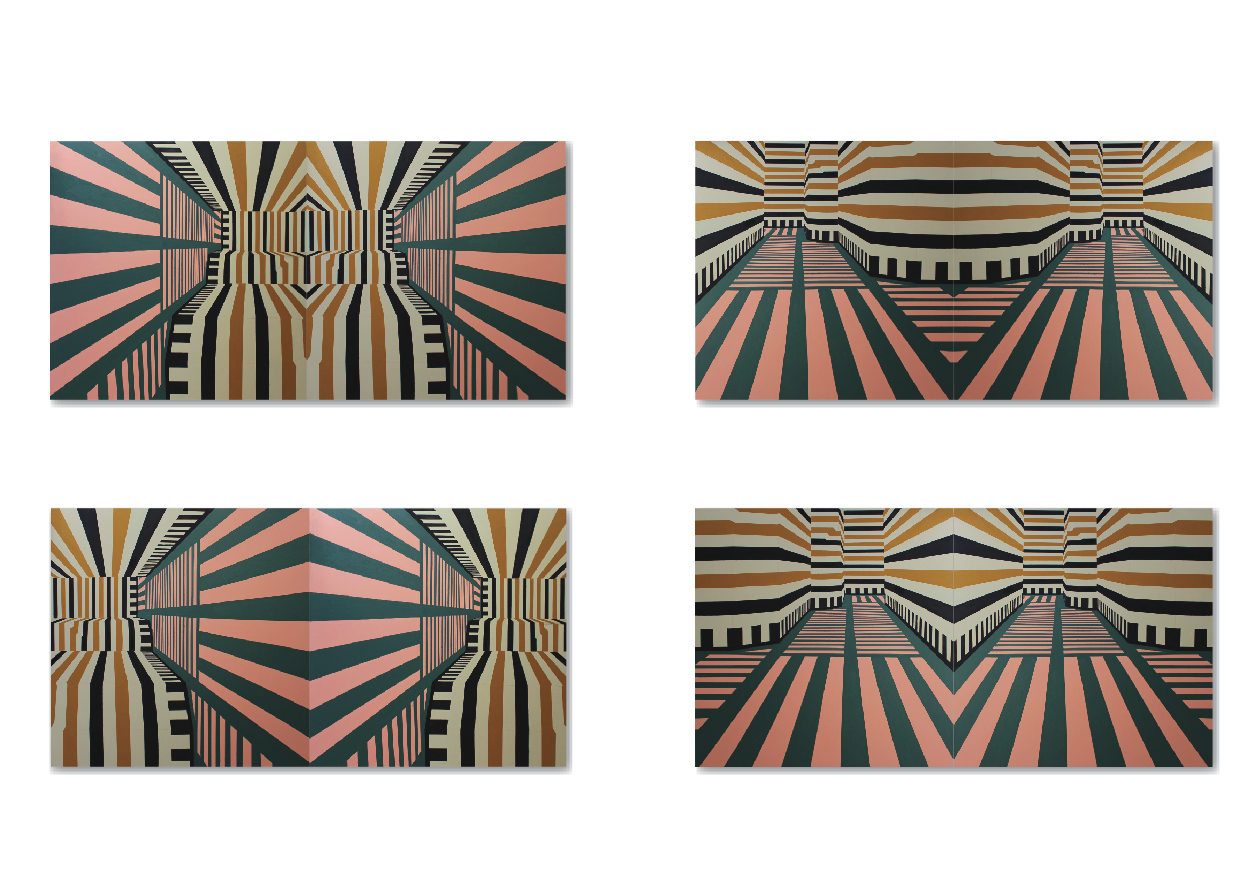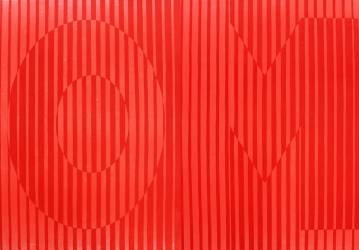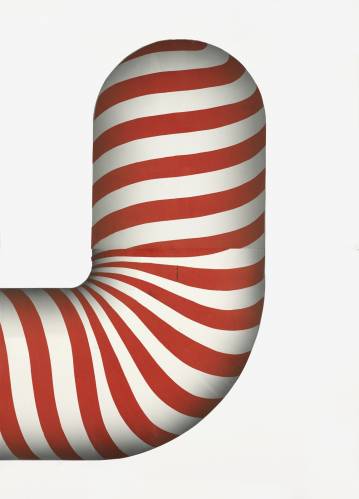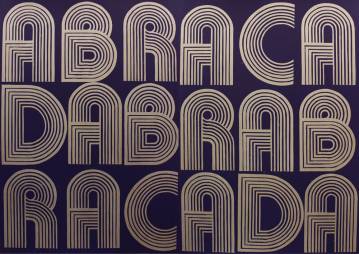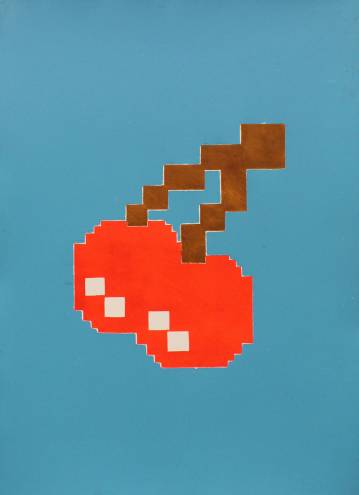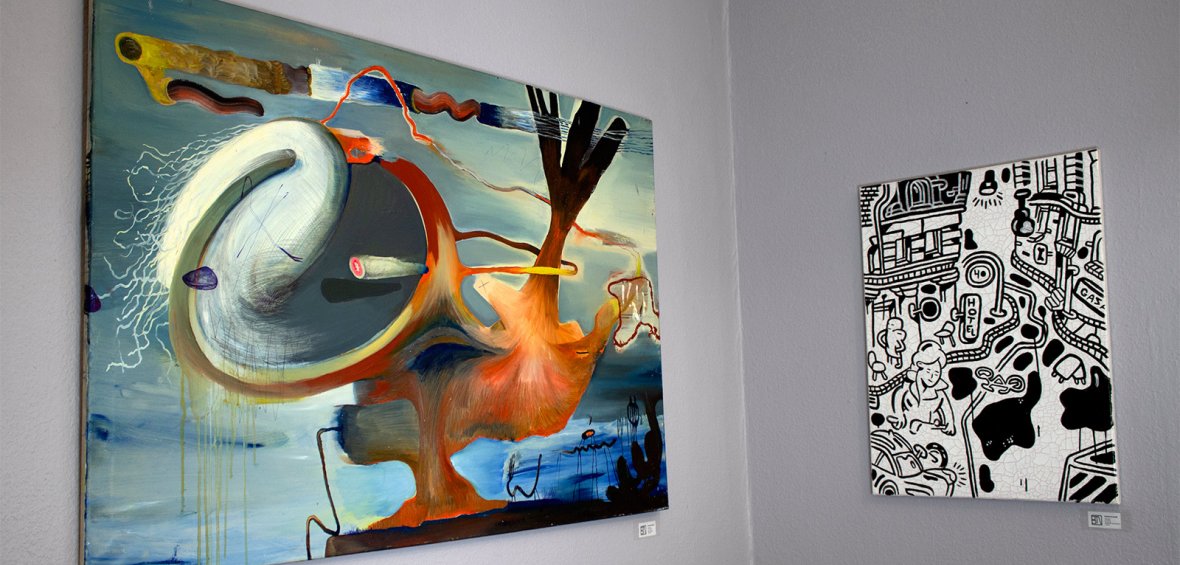Palace
paintings
| 104.000 DKK |
Palace - 120 x 240 cm. original oil painting by Marta Banaszak
This oil painting consists of two 120x120 cm canvases (100% linen). The total size is 120x240 cm. The motive of the painting continues in the sides of the canvas, so does not require framing.
Both parts of the artwork can be assembled from all sides, creating 4 distinctive compositions, with a strong illusion of 3-dimentional space. Can also be displayed in horizontal or vertical.
This painting was commissioned for Banaszak's personal exhibition in the “Galerie des Bronzes” of the Musée National des Beaux-Arts in Algiers, Algeria (April-September 2017). Under the patronage of the Ministry of Culture and the Embassy of Poland, in the occasion of 55-years of diplomatic relations.
Artworks in this exhibition were inspired by secular and sacred Islamic architecture from the XIII to XX Century, the most stunning examples from Syria, Egypt, Turkey, Pakistan, and modern Dubai.
The series of artworks “Illusion of Space” is based on the rigorous and precise knowledge of the mathematics, geometry and astronomy of ancient civilizations. For centuries the Islamic culture was far more ahead of its times, creating shapes and styles that we can call “modern”. There was simplicity, logic, purity.
The mirroring of images is a traditional stylistic device, with a deep spiritual meaning. In the Sufi tradition it is said that the human being, through his actions and thoughts, should purify his soul, to the point of becoming as clear as a mirror, to reflect God.
The Palace Al-Azem in Damascus, Syria is a fine example of a private, luxurious real estate from the Ottoman era. It was build in 1750 for the governor Pasha Al-Azem, right in the heart of old city. Damascus is claimed to be the longest continuously inhabited city in the world, with 11 000 years of history… The Palace is integrated in the millennial urban fabric, adjacent to the Umayyad Mosque, built over the Christian basilica dedicated to John the Baptist.
The Palace’s exterior walls, as well as the ground floor are all decorated with the stripes masonry, the ablaq style cherished by Turkish rulers. Several types of stone were used in this project, including limestone, sandstone, basalt and marble.

